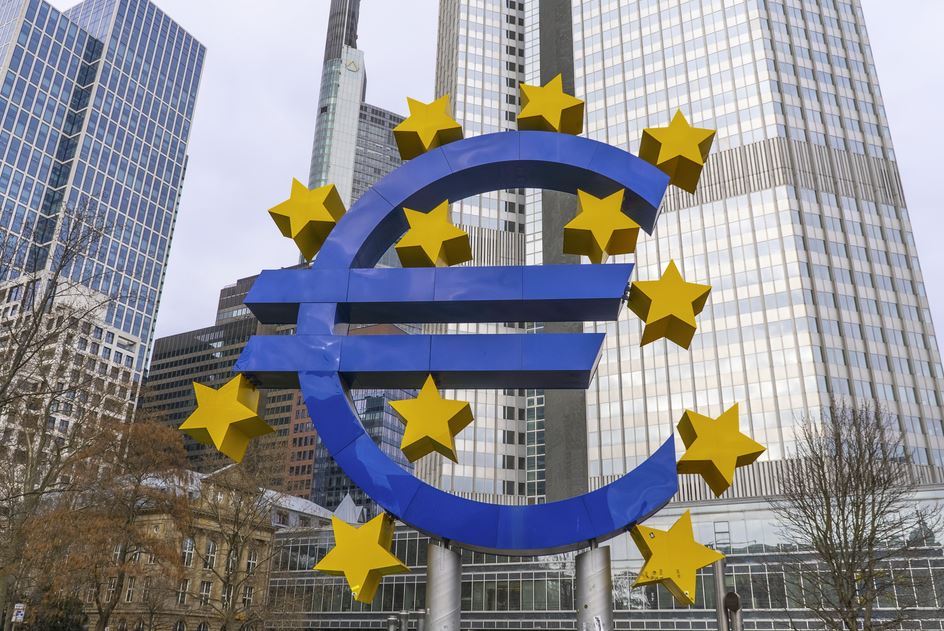
Monetary Policy & Inflation | UK

Monetary Policy & Inflation | UK
This article is only available to Macro Hive subscribers. Sign-up to receive world-class macro analysis with a daily curated newsletter, podcast, original content from award-winning researchers, cross market strategy, equity insights, trade ideas, crypto flow frameworks, academic paper summaries, explanation and analysis of market-moving events, community investor chat room, and more.
Go to: Recent Voter Comments ǀ Stress, Surveys and Data
Link to Most Recent ECB Meeting Minutes (February 2023)
I have been hawkish on the European Central Bank (ECB) since February, expecting hikes to exceed 3.75%. But it has room to go significantly higher. Thursday sees the ECB update its policy and forecasts. It will almost certainly mean a 50bp hike and guidance of more to come.
The Silicon Valley Bank’s (SVB) failure has prompted markets to pare pricing for central bank hikes, taking the ECB terminal rate to just 3.65%. Uncertainty is high, but unless it becomes clear that the risk is systemic and will spread to European banks, I expect the ECB can maintain its hiking path.
Updated projections should support the hawkishness. While headline inflation will need to be revised lower, the GDP profile will need to be raised (Charts 1 and 2). The bank will likely heavily caveat the reduction in headline inflation and offset any dovishness with a significantly higher path for near-term core inflation. That February’s meeting minutes indicated a future 2025 CPI forecast nearer 2% is notable. Such an outturn would probably drag down the medium-term core inflation too, which seems unlikely given recent data.
The ECB will likely need to revise the near-term profile for core inflation significantly higher. By my calculations, to reach the ECB’s current expectation (4.2% in 2023) would need MoM core inflation to return to historical average rates for the rest of the year. This seems highly unlikely given the 0.5ppt beat in February.
I expect 2023 core HICP will be revised above 5% (Charts 3 and 4). This would be a similar upward revision to that in December, which would likely mean a further upward revision to 2024 and possibly 2025 core HICP. This would sit at odds with a lower headline inflation rate and need careful explanation. I would expect a strong hawkish market reaction, if core is revised up the way I expect.
The hawkish view has near-term risks. We are already starting to hear the first grumblings from the doves (Italy’s Ignazio Visco in particular) at current market pricing for hikes. The offset for now has been a doubling down by the hawks. Austria’s Robert Holzmann has been particularly strong on this front, and (given their track rhetoric) I expect some of the less important hawks will fall in line with this.
The real risk to the dovish side are the more neutral voices on the Board (Christine Lagarde, Philip Lane, and Luis de Guindos in particular). They may not deliver the hawkish tone the market is gunning for. On the face of it, they are still in ‘data dependent’, ‘no forward guidance’ mode. Higher core HICP, GDP and wage growth forecasts should give them reason to sound more hawkish, but Lagarde has a good record of underdelivering.
I think the Eurozone is looking into a fundamentally higher rates environment. There are several reasons:
As such, I think the ECB can and likely will hike to 4% or beyond.
However, there are risks to this view, for example whether government bond spreads can remain relatively well capped (as they have done recently). Post-SVB bank contagion is another risk, although it is a tail risk until something breaks in Europe. If anything, a more cautious Fed will mean looser EZ financial conditions and the need for the ECB to do more.
The market is pricing c.3.65% terminal rate right now, at the lower end of the ‘range of reasonableness’ that I have held since February (Chart 8). This comes on the back of a sharp re-pricing over the weekend (last week it was at 4%). A significant upward revision in core inflation in the ECB projections could be enough to push this profile higher again. Meanwhile, if the ECB were to revise medium-term core inflation lower, I would see value in fading any dovish reaction to this given that it does not seem credible.
Meanwhile, the UK is also set to see labour market data (expected to be in line with MPR) and the Spring Budget (expected to remain fiscally tight into the medium term). As such, there is room for a rise in the 2Y EUR/GBP swap spread and with it a rise in the currency pair (Chart 9).
Our expectation for sustained hawkishness is supported by survey and financial condition data (see Appendix). ECB measures of systemic stress continue to decline despite recent sell-offs in periphery and core bonds. Meanwhile, although European economic surprises are now flagging somewhat, they remain positive. Consumer inflation expectations dropped sharply back to levels seen elsewhere. However, the data series is relatively short, and while the rate remains >2%, it is hard to take the outturn as too dovish.
Spring sale - Prime Membership only £3 for 3 months! Get trade ideas and macro insights now
Your subscription has been successfully canceled.
Discount Applied - Your subscription has now updated with Coupon and from next payment Discount will be applied.